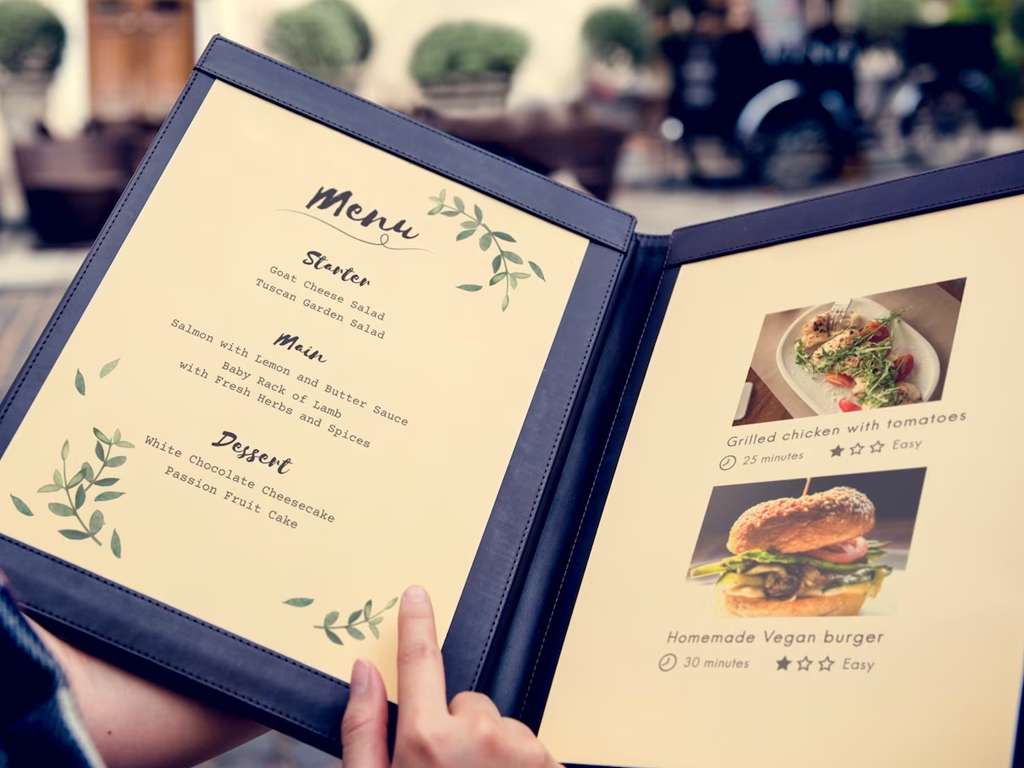The restaurant industry is not immune to the impact of rising food prices. As food costs continue to climb in 2023, it becomes crucial for restaurant owners and operators to implement effective strategies to control expenses without compromising the quality of their offerings. In this blog, we will discuss actionable steps that restaurants can take to navigate the challenges of rising food prices and maintain profitability.

Top Ten Tips To Design Your Restaurant Menu
Build Relationships with Local Suppliers
Developing strong relationships with local suppliers can be advantageous in times of rising food prices. Local producers often offer competitive pricing and may have a more stable supply chain, reducing the impact of price fluctuations. Regularly communicate with your suppliers to stay informed about market changes and explore potential opportunities for cost savings.
Embrace Seasonal and Local Ingredients
Incorporating seasonal and locally sourced ingredients into your menu not only supports local farmers but also helps manage costs. Seasonal produce tends to be more abundant and affordable, offering a cost-effective way to maintain the quality and freshness of your dishes. Adjusting your menu according to the availability of seasonal ingredients allows you to provide a unique and exciting dining experience while controlling expenses.
Optimize Inventory Management
Implementing efficient inventory management system can significantly impact your bottom line. Keep a close eye on your inventory levels and adjust your ordering patterns accordingly. Regularly review your stock to identify slow-moving items and find creative ways to incorporate them into your menu before they go to waste. Minimize food spoilage and waste by training staff on proper storage techniques and encouraging portion control.
Seek Cost-Effective Alternatives
Explore cost-effective alternatives without compromising quality. Consider purchasing ingredients in bulk or joining purchasing cooperatives to leverage collective buying power and negotiate better prices. Experiment with ingredient substitutions, without compromising taste, to find more affordable options. Evaluate your suppliers regularly to ensure you are getting the best value for your money.
Optimize Kitchen Operations
Fine-tuning your kitchen operations can lead to significant cost savings. Train your staff on efficient cooking techniques, portion control, and waste reduction. Streamline workflows to minimize prep time and maximize productivity. Regularly review and update your recipes to ensure they are optimized for cost and efficiency while maintaining the desired taste and presentation.

The Challenges of Running a Restaurant with Multiple Locations
Conclusion
Rising food prices pose a significant challenge for restaurants, but with proactive measures, careful menu planning, and efficient operations, it’s possible to control costs without compromising quality. By analyzing your menu, building relationships with suppliers, and implementing effective inventory management practices, you can navigate the complexities of rising food prices while maintaining a thriving and profitable restaurant.





